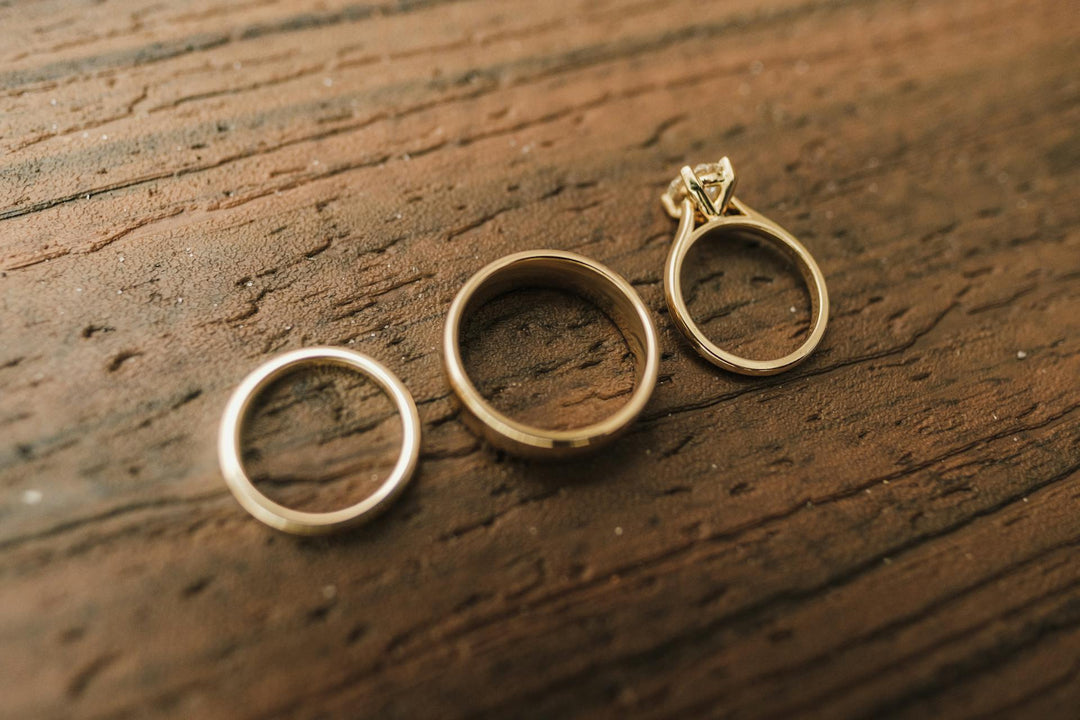Lab-grown diamonds, also known as synthetic diamonds, are created in a laboratory using advanced technological processes that mimic the natural diamond formation process. The manufacturing process typically involves the following steps:
-
Seed Crystal Formation: The first step in creating a lab-grown diamond involves the production of a tiny diamond seed. This seed will serve as the starting point for the growth of the diamond. Typically, diamond seeds are made by exposing a natural diamond to high pressure and high temperature (HPHT) conditions, which cause the diamond to break down into tiny fragments that can be used as seeds.
-
Diamond Growth: Once the diamond seed is created, it is placed in a chamber filled with a carbon-rich gas, such as methane. The chamber is then subjected to HPHT conditions, which cause the carbon atoms in the gas to deposit onto the seed and gradually build up into a diamond crystal. This process can take several weeks to several months, depending on the desired size and quality of the diamond.
-
Diamond Cutting and Polishing: After the diamond crystal is grown, it is removed from the chamber and undergoes cutting and polishing to shape it into the desired diamond. The diamond is then cleaned and graded for quality.
-
Post-Treatment: Some lab-grown diamonds may undergo post-treatment processes to enhance their color or clarity. For example, some diamonds may be subjected to high temperatures or irradiation to change their color.
Overall, the manufacturing process for lab-grown diamonds is highly controlled and precise, which allows for the creation of diamonds with consistent quality and characteristics. Additionally, lab-grown diamonds are an eco-friendly and ethical alternative to natural diamonds, as they do not involve the environmental and social issues associated with diamond mining.





